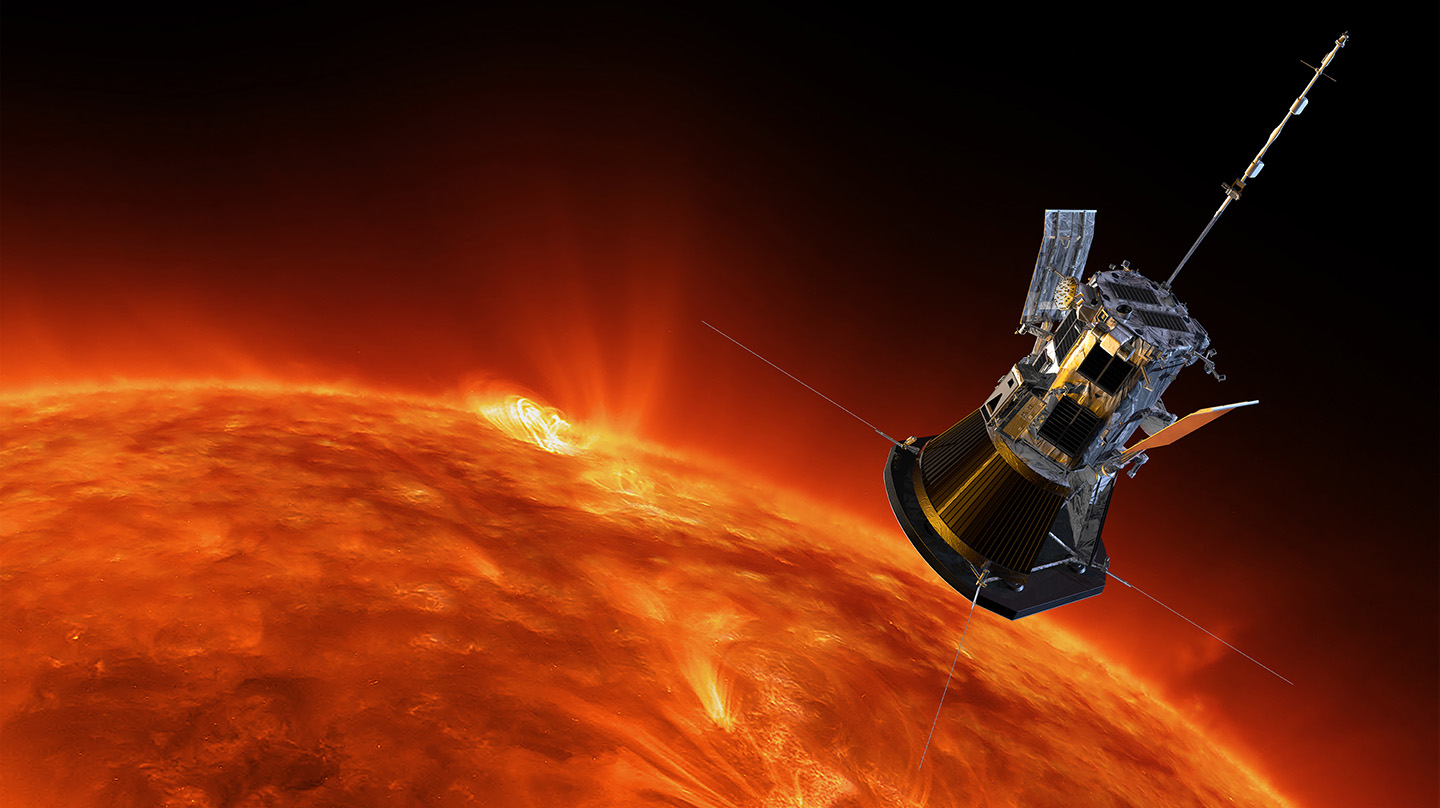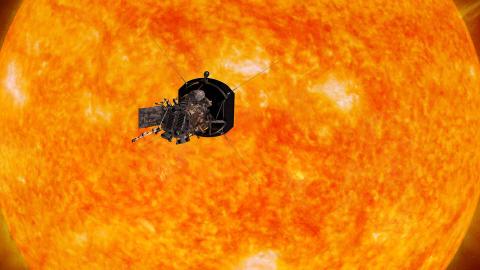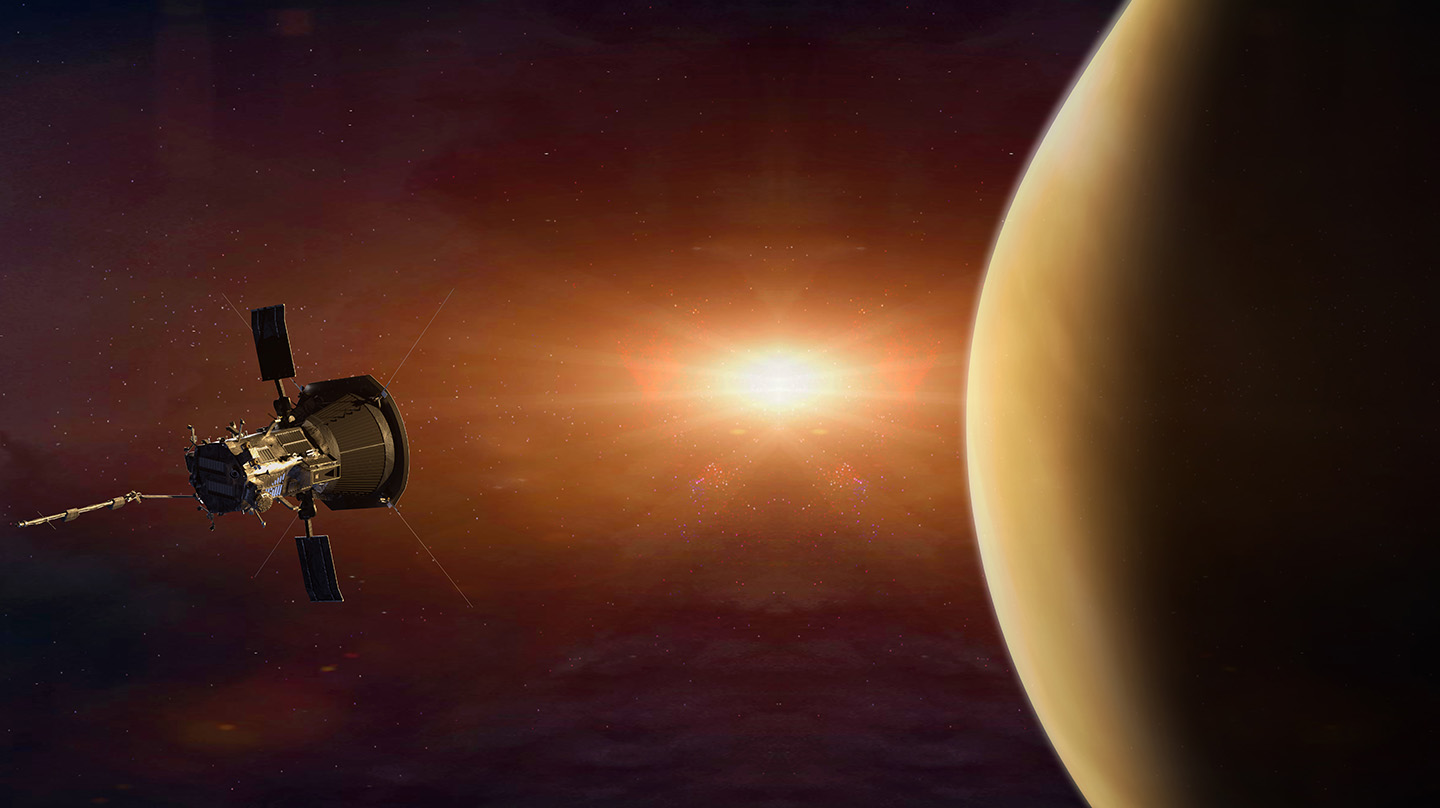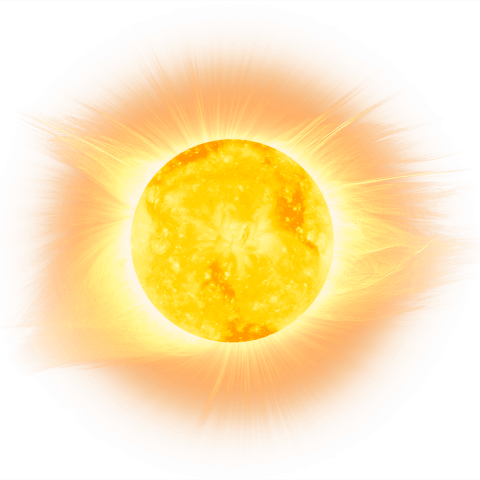Our Contribution
Touching the Sun
To unlock the mysteries of the solar wind, and to protect a society that is increasingly dependent on technology from the threats of space weather, APL and NASA sent Parker Solar Probe to “touch the Sun.” The mission’s primary science goals are to understand the dynamic nature of the Sun’s coronal magnetic field and plasma, to reveal how the solar corona is heated to such extreme temperatures, and to explore what accelerates the supersonic solar wind away from the Sun. It is also exploring mechanisms that accelerate and transport energetic particles, such as coronal mass ejections, at regions never before explored.









